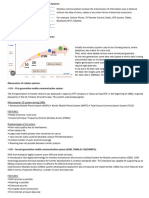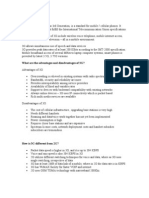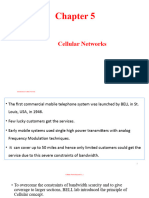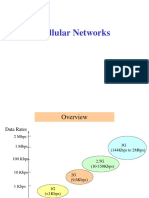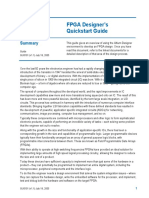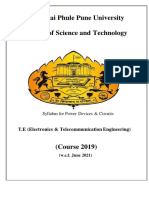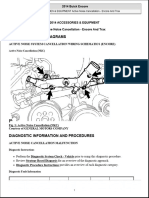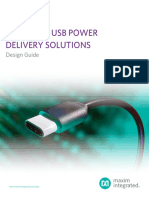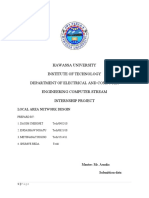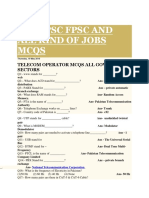0% found this document useful (0 votes)
19 views9 pagesMobile Computing
The document discusses the limitations of mobile computing, cellular architecture, and the evolution of mobile network technologies from 1G to 5G. It covers key concepts such as resource poorness, co-channel interference, frequency reuse, and cell splitting, along with the advantages and disadvantages of each generation of mobile technology. Additionally, it highlights the improvements in speed, latency, and capacity that 5G technology offers compared to its predecessors.
Uploaded by
saiwindows7pcCopyright
© © All Rights Reserved
We take content rights seriously. If you suspect this is your content, claim it here.
Available Formats
Download as DOCX, PDF, TXT or read online on Scribd
0% found this document useful (0 votes)
19 views9 pagesMobile Computing
The document discusses the limitations of mobile computing, cellular architecture, and the evolution of mobile network technologies from 1G to 5G. It covers key concepts such as resource poorness, co-channel interference, frequency reuse, and cell splitting, along with the advantages and disadvantages of each generation of mobile technology. Additionally, it highlights the improvements in speed, latency, and capacity that 5G technology offers compared to its predecessors.
Uploaded by
saiwindows7pcCopyright
© © All Rights Reserved
We take content rights seriously. If you suspect this is your content, claim it here.
Available Formats
Download as DOCX, PDF, TXT or read online on Scribd
/ 9











